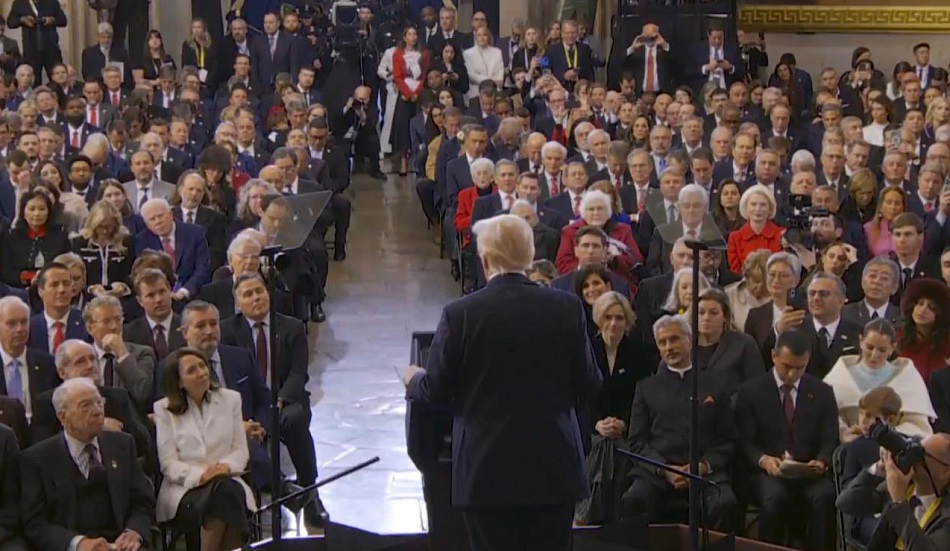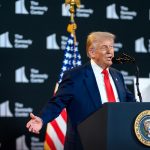
U.S. Announces 25% Tariffs on Steel and Aluminum Imports
In a significant move to protect domestic industries, the United States has announced the imposition of a 25% tariff on all steel and aluminum imports, effective from Monday. This decision marks a notable escalation in the country’s trade policy, reflecting a commitment to revamping the U.S. trade system.
Scope and Implementation of the Tariffs
The newly announced tariffs will apply universally to all countries exporting steel and aluminum to the United States, without exemptions. This comprehensive approach underscores the administration’s intent to bolster domestic production and address trade imbalances.
Introduction of Reciprocal Tariffs
In addition to the tariffs on metals, the administration plans to implement reciprocal tariffs on various imports. This strategy entails imposing equivalent tariffs on goods from countries that levy tariffs on U.S. products, aiming to establish a more balanced trade environment.
Potential Global Trade Implications
The announcement has raised concerns about potential retaliatory measures from key trading partners, including Canada, Mexico, and the European Union. These entities have previously indicated that they may respond with their own tariffs on U.S. goods if such measures are enacted. Economists warn that this could escalate into a broader trade conflict, potentially disrupting global supply chains and affecting international economic stability.
Market Reactions and Economic Outlook
Following the announcement, initial market reactions included declines in stock futures and fluctuations in currency values. However, markets showed signs of recovery as investors assessed the potential long-term impacts of the tariffs. Analysts suggest that while certain domestic industries may benefit from reduced foreign competition, others that rely on imported materials could face increased costs, potentially leading to higher prices for consumers.
Historical Context and Future Developments
This move is part of a broader strategy to address perceived unfair trade practices and reduce the U.S. trade deficit. The administration has previously utilized tariffs as a negotiating tool, securing concessions from trading partners in exchange for tariff exemptions or reductions. As the situation evolves, stakeholders will be closely monitoring international responses and the tariffs’ effects on both the domestic economy and global trade relations.
The implementation of these tariffs signifies a pivotal moment in U.S. trade policy, with potential far-reaching consequences for international economic dynamics.


















